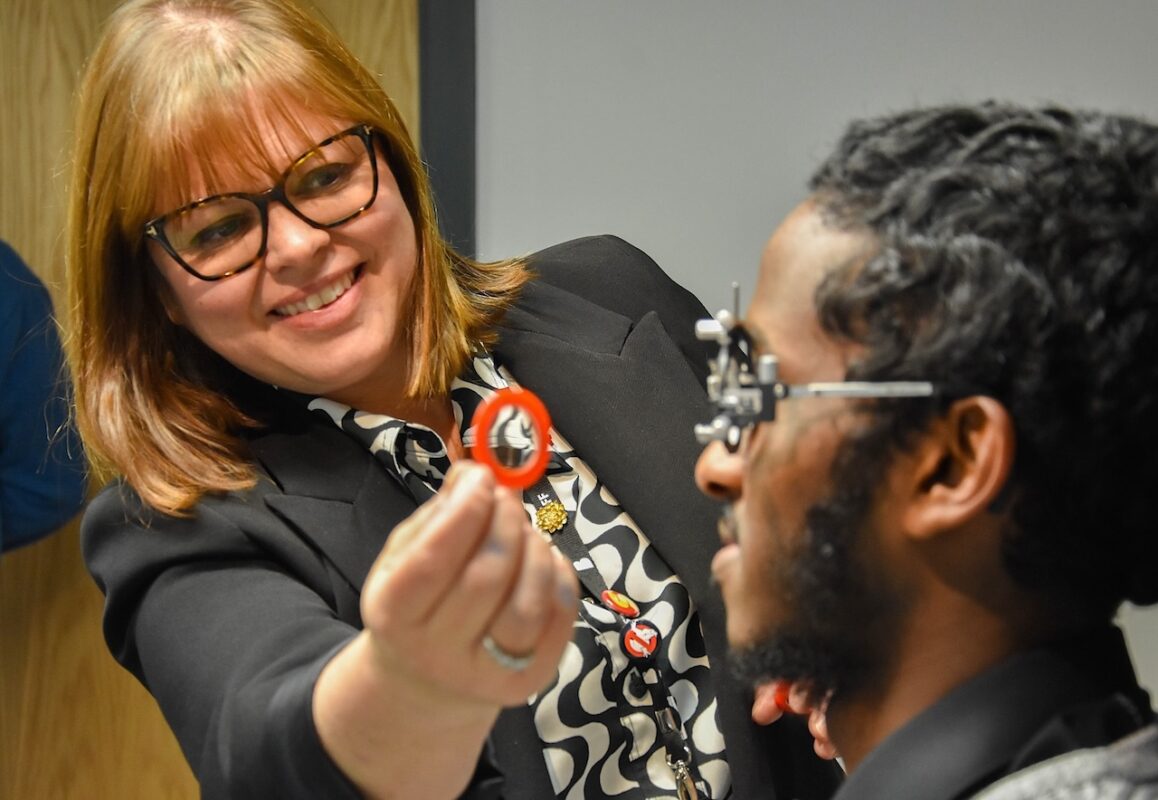Workers feel the pressure of presenteeism post COVID-19, despite rise in flexible working

- More than half have felt pressure to come into work even when officials recommend staying at home
- 44% say employers now have flexible working policies in place, up from 24% pre-pandemic, but some individual managers are making their own rules
Workers are feeling compelled to demonstrate availability to employers in the wake of the COVID-19 outbreak, reveals a new global study from the ADP® Research Institute. This is despite a rise in flexible working, with the percentage of organisations who have official flexible working policies nearly doubling compared to before the pandemic.
More than half (54%) of employees globally have felt pressure from their employer to come into work at some point during the pandemic, even though officials recommend or require non-essential workers to stay at home.
Although the proportion of respondents who report feeling pushed to be physically present in the workplace was highest at the start of the crisis, nearly one in five workers in the UK (16%) continue to feel that way.
The ADP Workforce View 2020 Volume Two post-COVID-19 report surveyed 11,000 workers across the world to explore how the pandemic and its impact have influenced employees’ attitudes towards the current world of work, and what they expect and hope for from the workplace of the future.
Pressure to come into work is strongest among young people. Over three-fifths of 18-to-24-year-olds worldwide (62%) say they have felt that they were expected to come in, compared to a quarter of over 55s (25%), the least pressured age group.
Jeff Phipps, Managing Director, ADP UK, comments:
“The idea that employers are pushing for presenteeism – even if that means going against official warnings – is worryingly widespread, and for some workers it’s a persistent issue. Presenteeism is far from a new concern and the risks have long been clear, but in the midst of a global pandemic, insistent pressure to be in the office can put employees’ lives in danger. Plus, if workers are feeling pressured to turn up for work in person, whether that pressure is real or imagined, it can have a negative impact on their wellbeing and morale.”
Younger workers feel more pressure to come into work
Respondents living or working in an area where officials recommend/ recommended or required non-essential workers to stay home as much as possible
|
Age |
18-24 |
25-34 |
35-44 |
45-54 |
55+ |
|
Proportion of workers who report feeling pressure from their employer to come into work during the pandemic |
62% |
61% |
51% |
35% |
25% |
Research highlights speed and scale of shift towards flexible working
The findings come even as employers are becoming much more open to the concept of flexible working. Nearly half of workers globally (44%) say their employers now have official flexible working policies in place, compared to just a quarter (24%) before the pandemic hit. The proportion who say that senior management allow it has jumped from 19% to 28%.
However, less than a fifth of UK employees (18%) say they feel empowered to take advantage of the option to work flexibly – a proportion that has barely changed since before the pandemic struck. When broken down by gender, there is a difference of nearly five percentage points between male workers who feel empowered (21%) and female workers (16%).
Moreover, there are signs that even when senior management and HR departments direct workers to stay home, individuals in lower management tiers are making their own decisions. 12% of workers report that individual managers determine whether one can work flexibly, regardless of official company policy.
Phipps comments, “A huge leap forward has been made on flexible working in a very short space of time. Employers are adapting fast as COVID-19 has disrupted the traditional nine-to-five, workplace-based model. It may be borne out of necessity, but this shift could well be here to stay, even when offices re-open. While ongoing social distancing requirements are a significant factor, this is also due to a change in attitudes: it’s becoming increasingly clear to employers that not everyone needs to be at work during set hours to do a good job.
“Unfortunately, if they are not thoughtfully and sensitively managed, hybrid working models and increased flexibility can exacerbate the pressures of presenteeism. Being physically present in the office can be a great advantage when it comes to shaping culture and receiving promotions, so many may feel that they need to be in the workplace – or put in far longer hours remotely – in order to get ahead. Employers must be conscious of this when developing their long-term policies for flexible working or risk creating a disengaged, unproductive workforce.”
Phipps adds, “As flexible and remote working gains traction, whether formally or informally, it’s more important than ever to have robust HR and payroll structures in place to ensure it is managed appropriately. For example, by keeping track of hours and overtime or maintaining clear communications channels, workers can stay connected with colleagues and feel supported by the business.”











Responses